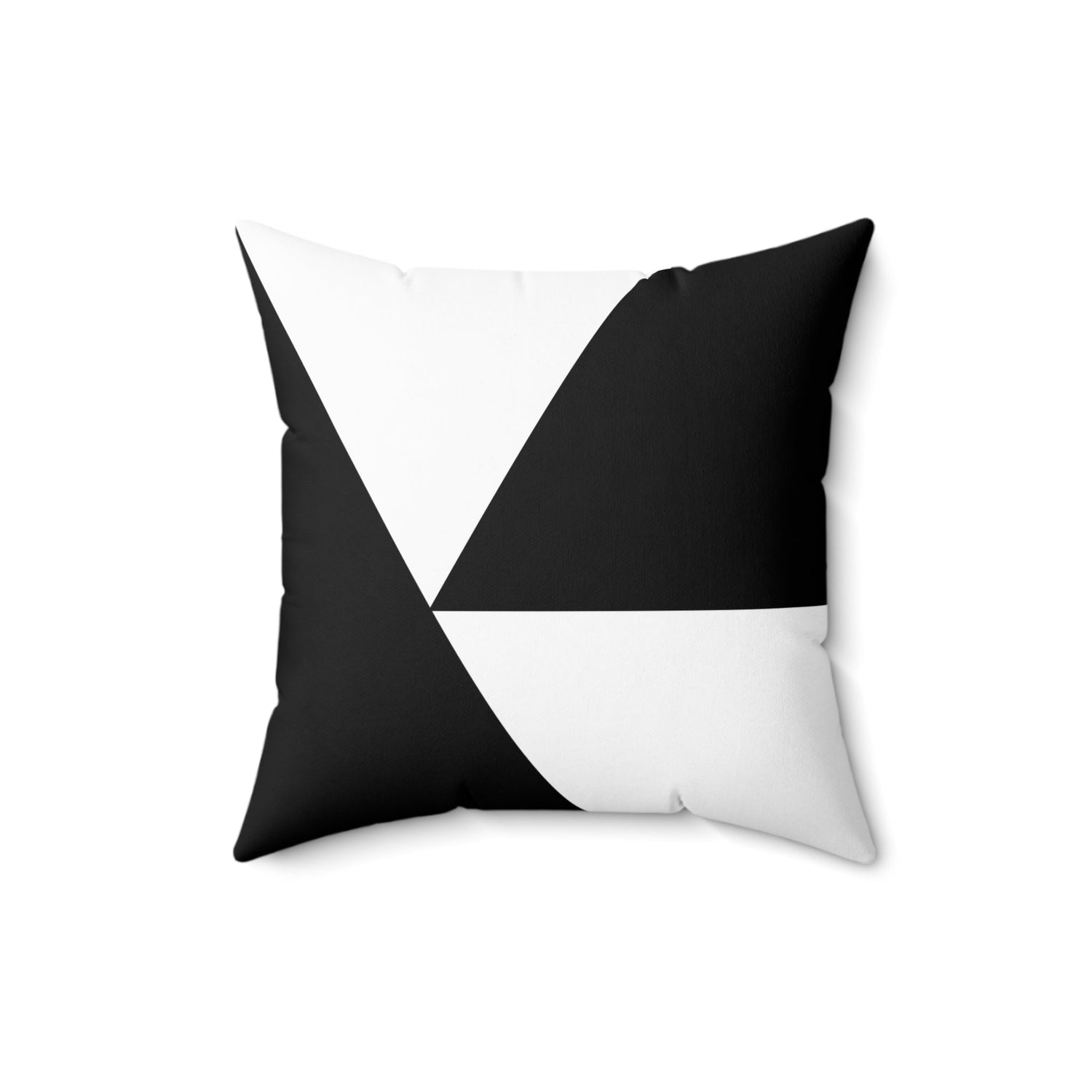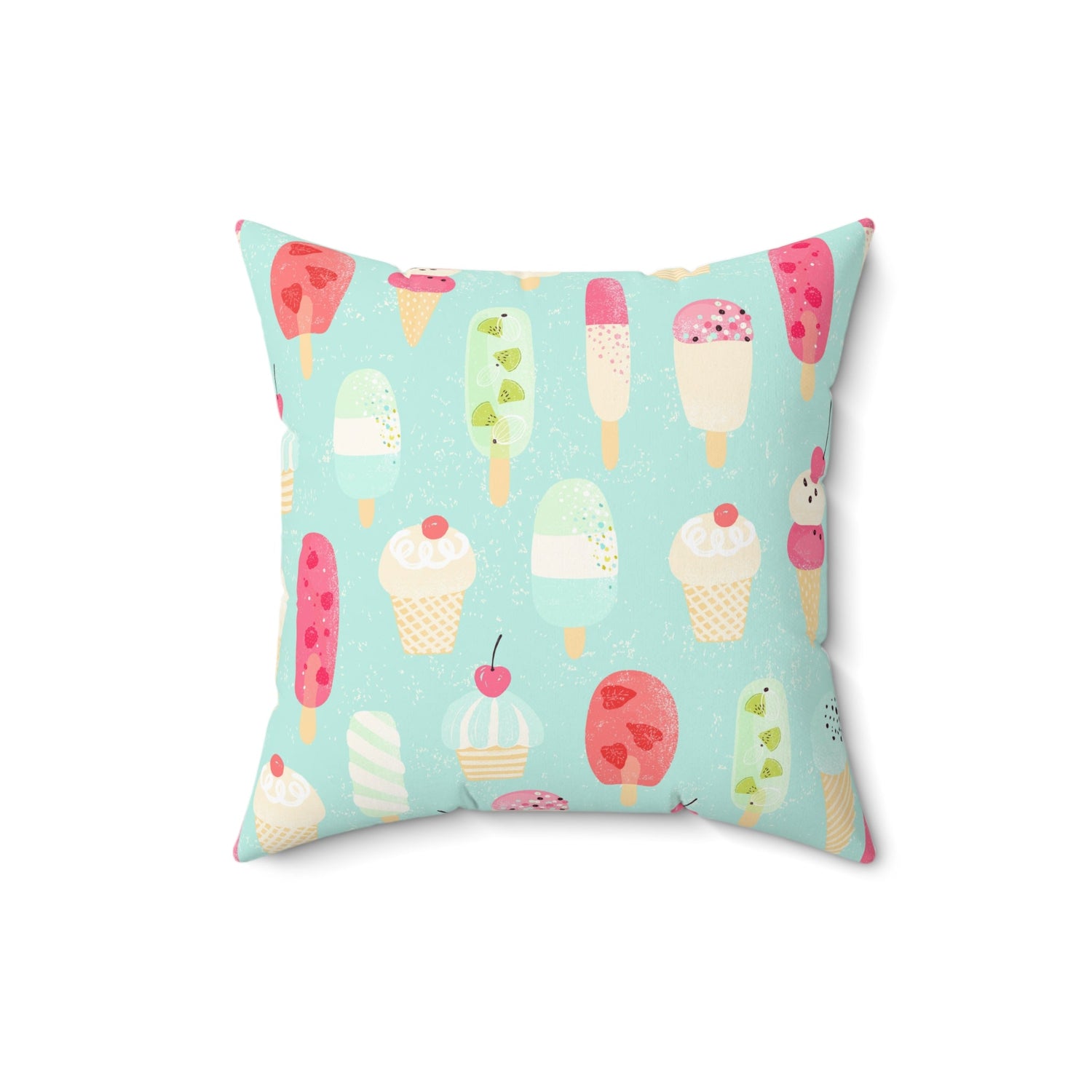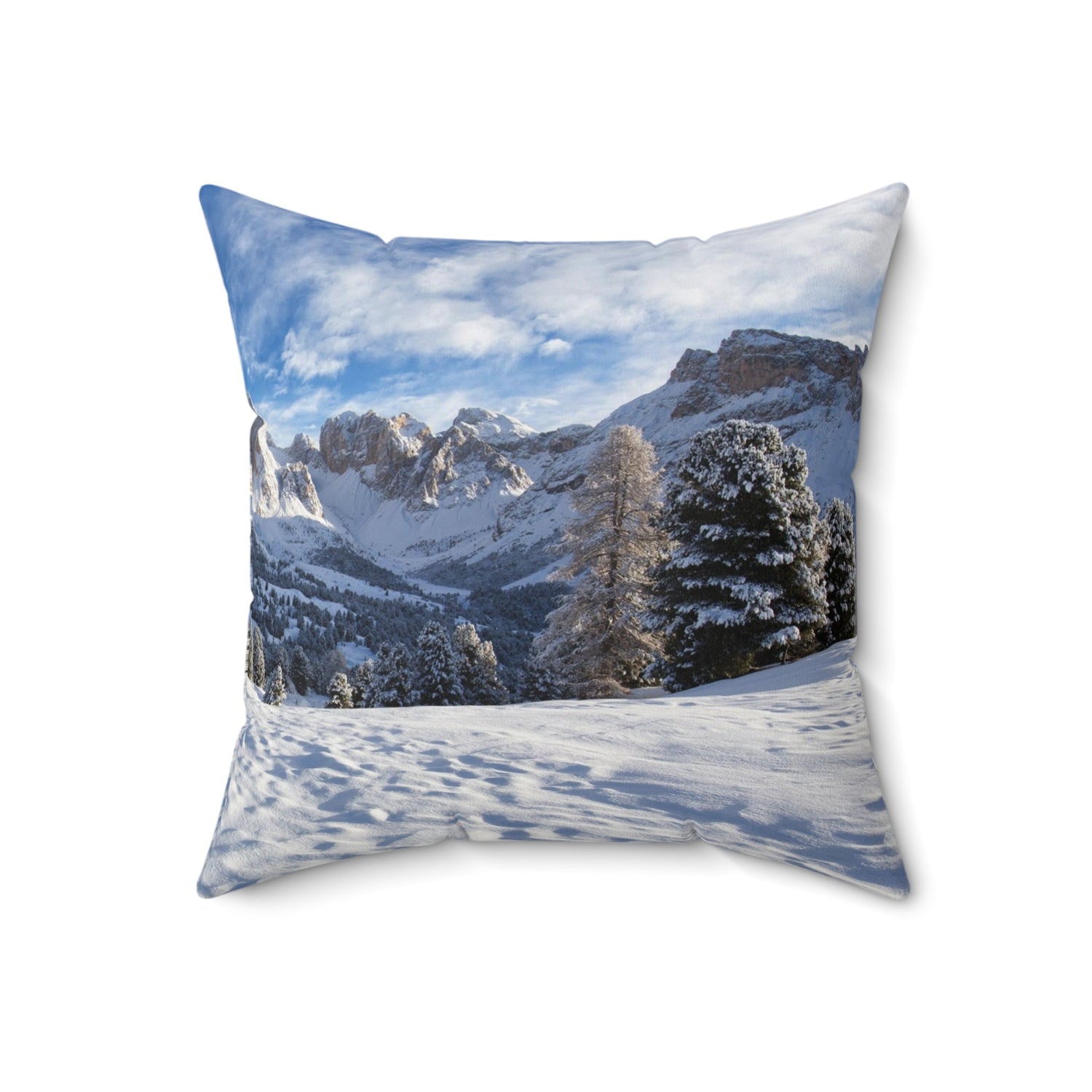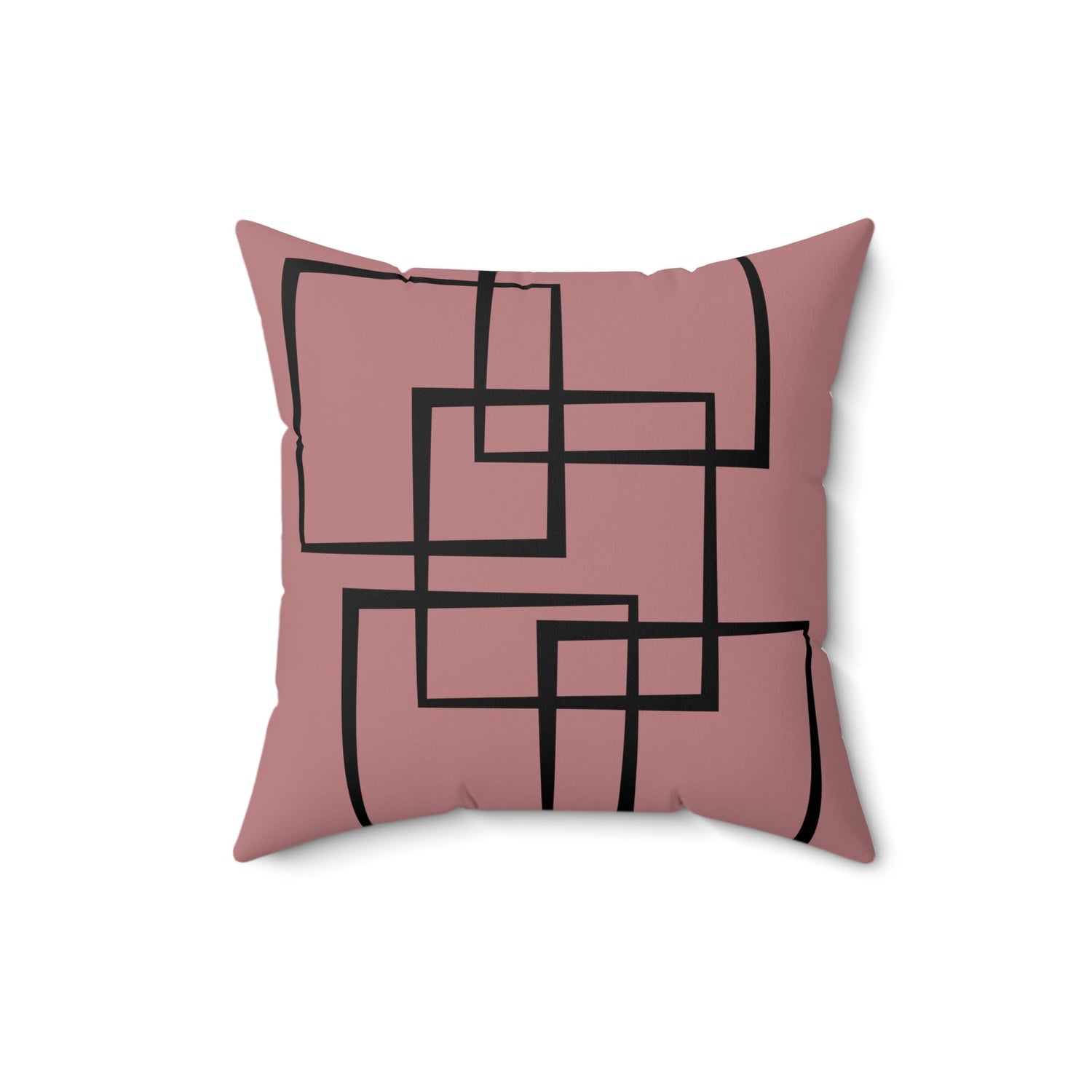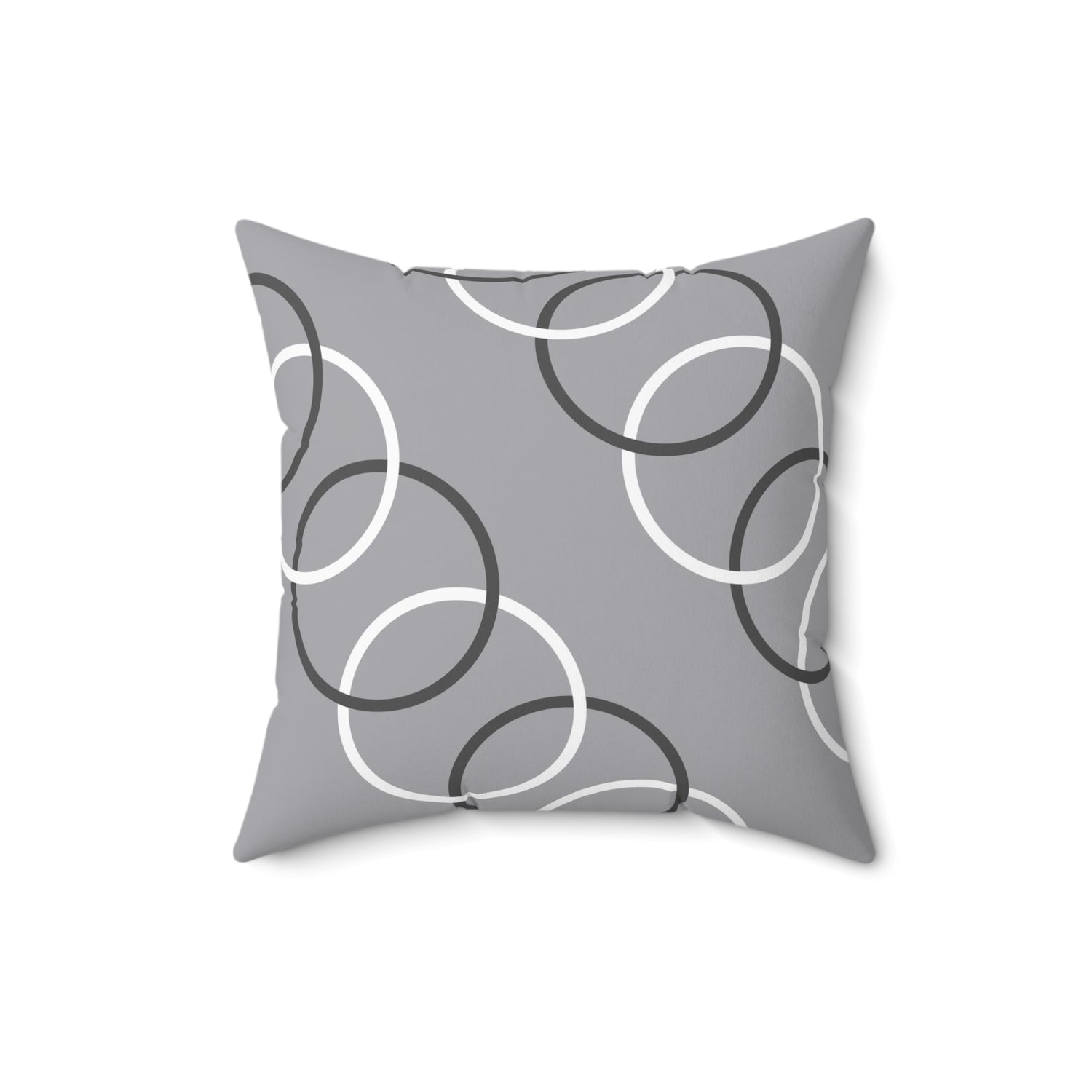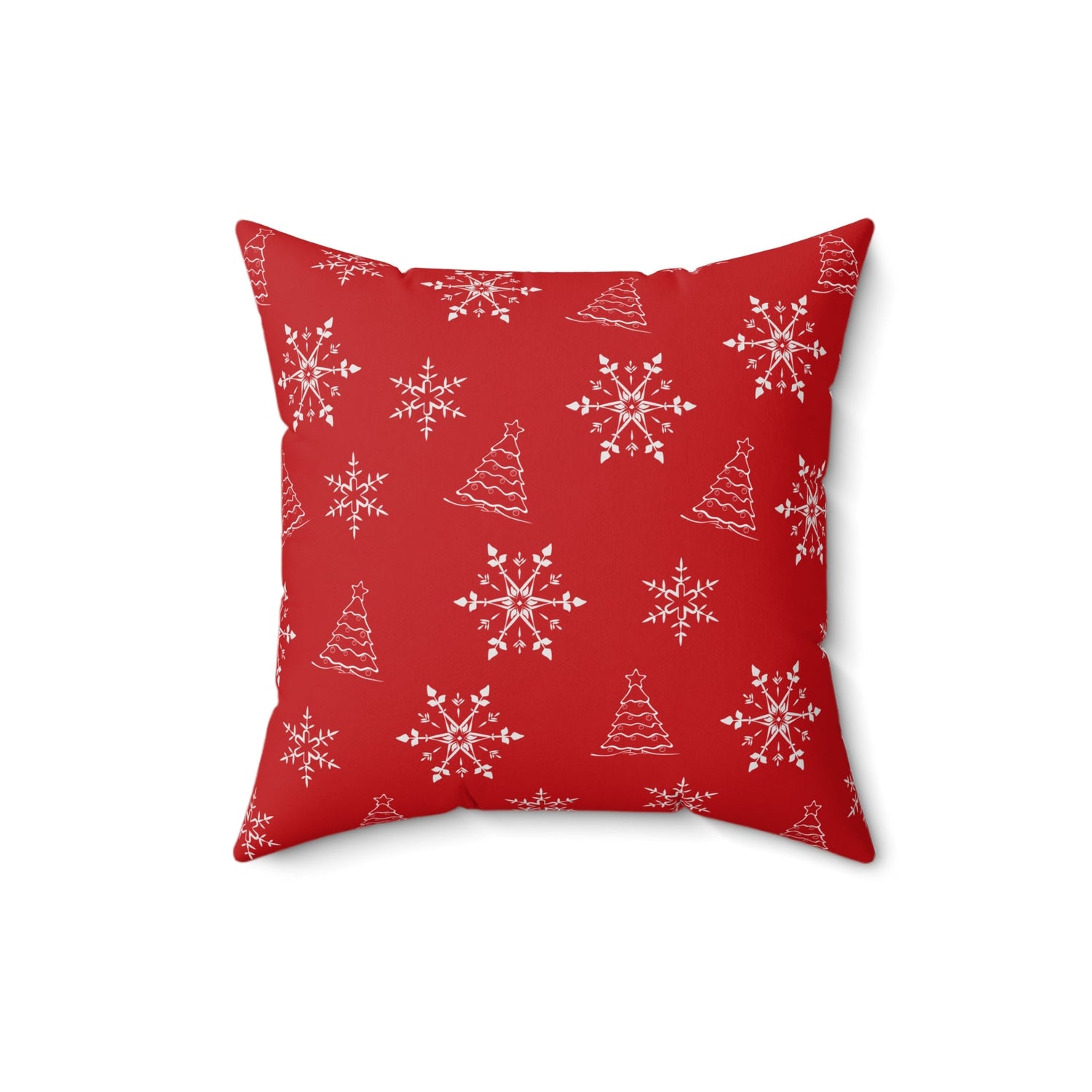How do I clean and maintain throw pillows made from delicate fabrics
Cleaning and maintaining throw pillows made from delicate fabrics require extra care to preserve their beauty and longevity. Here are some steps to follow:
-
Check the care instructions: Always refer to the care label attached to your throw pillows. It provides specific guidance on how to clean and maintain the delicate fabric.
-
Spot cleaning: If your throw pillow has a small stain or spill, spot cleaning is often the best option. Use a mild detergent or upholstery cleaner and a soft cloth or sponge. Gently dab the affected area without rubbing to avoid damaging the fabric.
-
Handwashing: For more extensive cleaning, handwashing is recommended for delicate fabrics. Fill a basin or sink with lukewarm water and a gentle detergent suitable for the fabric type. Submerge the pillow in the water and gently agitate it, paying extra attention to stained areas. Rinse thoroughly and squeeze out excess water.
-
Air drying: Delicate fabrics should be air-dried to avoid shrinkage or damage from heat. Place the pillow on a clean, flat surface or hang it using a clothesline or drying rack. Ensure proper airflow to facilitate drying.
-
Fluffing and reshaping: Once the pillow is dry, fluff it to restore its shape. Gently knead and manipulate the fabric to distribute the filling evenly and remove any clumps.
Remember, each fabric may have specific care requirements, so it's crucial to follow the manufacturer's instructions for optimal cleaning and maintenance.
Can I use a washing machine to clean throw pillows made from delicate fabrics?
While it's generally not recommended to machine wash throw pillows made from delicate fabrics, some fabrics may have specific care instructions that allow for machine washing. However, it's important to exercise caution and follow these guidelines:
-
Check the care label: Always refer to the care label attached to your throw pillow. It will indicate whether machine washing is suitable for the fabric.
-
Use a gentle cycle: If machine washing is permitted, select a gentle or delicate cycle with cold water. Avoid using hot water as it may damage the fabric.
-
Use a mild detergent: Choose a mild detergent specifically designed for delicate fabrics. Avoid using bleach or harsh chemicals that can cause discoloration or damage.
-
Protect the pillow: To prevent excessive agitation and potential damage, place the delicate throw pillow in a mesh laundry bag or pillowcase. This will help protect it during the wash cycle.
-
Air drying: After the wash cycle is complete, remove the pillow from the machine and air dry it. Delicate fabrics should not be subjected to the heat of a dryer, as it can cause shrinkage or distortion.
Always refer to the specific care instructions provided by the manufacturer for your delicate throw pillows to ensure proper cleaning and maintenance.
What are some tips for maintaining the beauty and longevity of throw pillows with delicate fabrics?
To maintain the beauty and longevity of throw pillows made from delicate fabrics, consider the following tips:
-
Regular maintenance: Keep your throw pillows looking their best by regularly fluffing and reshaping them. This helps to distribute the filling evenly and maintain their original form.
-
Avoid direct sunlight: Prolonged exposure to direct sunlight can cause fading and deterioration of delicate fabrics. Place your throw pillows away from direct sunlight or use curtains or blinds to protect them.
-
Spot clean promptly: Attend to spills and stains promptly to prevent them from setting into the fabric. Blot the affected area with a clean cloth or paper towel and use a mild detergent or upholstery cleaner as necessary.
-
Keep away from pets: If you have pets, it's advisable to keep delicate throw pillows out of their reach to prevent potential damage from scratching or chewing.
-
Rotate and alternate pillows: To prevent uneven wear, consider rotating your throw pillows regularly. Alternating the use of different pillows also helps to distribute the pressure and maintain their shape.
By following these tips and handling your delicate throw pillows with care, you can extend their lifespan and enjoy their beauty for years to come.
Petrova Designs Polyester Throw Pillows for Couch and Bedroom
At Petrova Designs, we take pride in offering a stunning collection of throw pillows that combine quality craftsmanship with practicality. Our throw pillows are designed to enhance your living space with their stylish appeal and functional features. Here are some key characteristics of our throw pillows:
100% Polyester Cover: Our throw pillows feature a 100% polyester cover, which offers durability and easy maintenance. The polyester fabric is known for its resistance to wrinkles and fading, making it an ideal choice for everyday use.
100% Polyester Pillow Included: Inside each throw pillow, you'll find a plush pillow filled with 100% polyester. This filling provides a comfortable and supportive cushioning for lounging or decorative purposes.
Double-Sided Print: Our throw pillows feature a double-sided print, allowing you to enjoy the design from any angle. Whether you're placing the pillow on a sofa, chair, or bed, the eye-catching print adds visual interest to your space.
Concealed Zipper: We understand the importance of a seamless look, which is why our throw pillows come with a concealed zipper. This design detail ensures that the focus remains on the pillow's design, without any distractions from visible zippers.
Versatile Sizes: Our throw pillows are available in sizes ranging from 14x14 inches to 18x18 inches. These dimensions make them suitable for various furniture pieces, including sofas, armchairs, and beds. Choose the size that best fits your decor needs.
Indoor Use Only: Please note that our throw pillows are designed for indoor use only. They are not suitable for outdoor environments or areas exposed to excessive moisture or direct sunlight.
